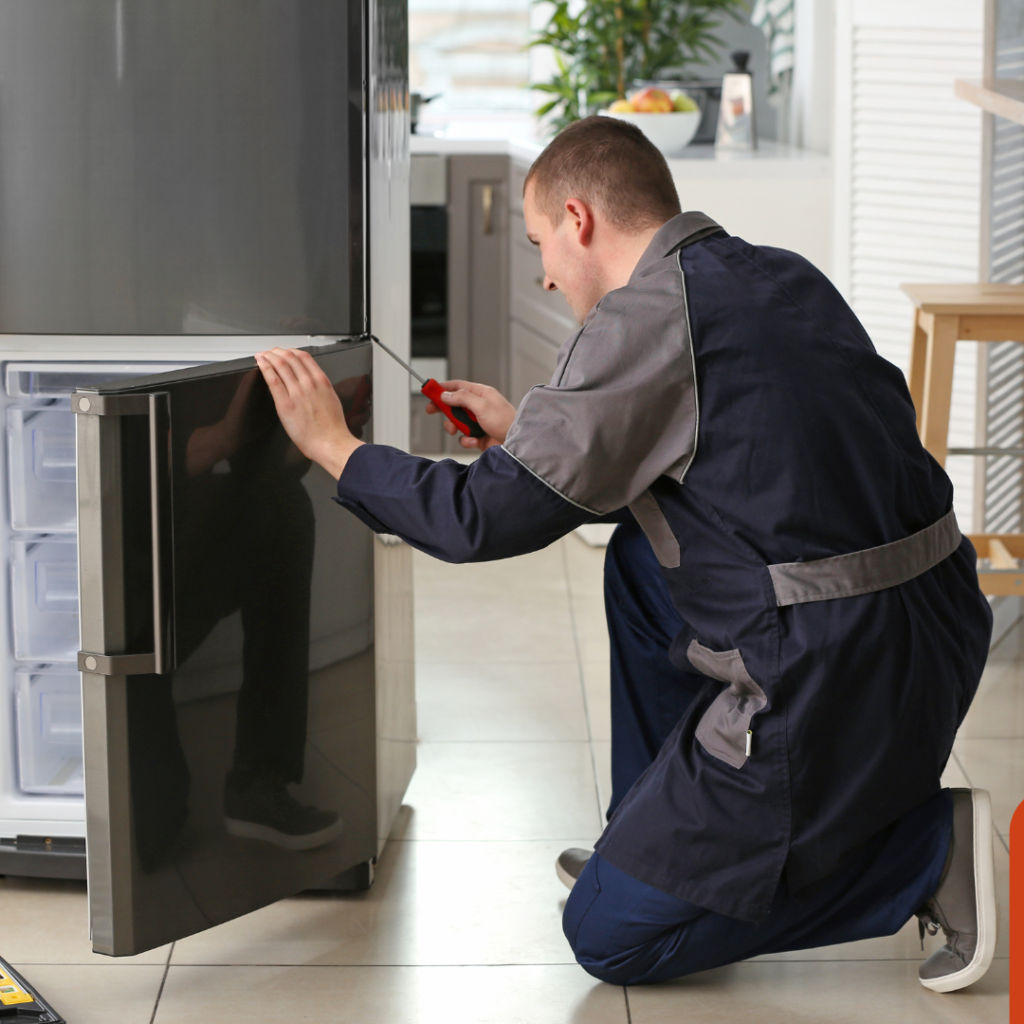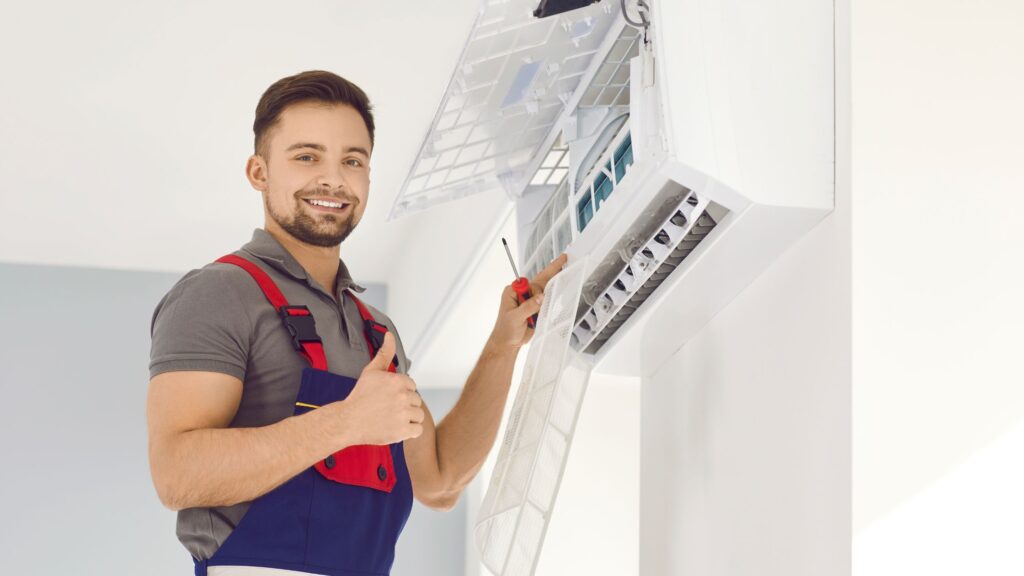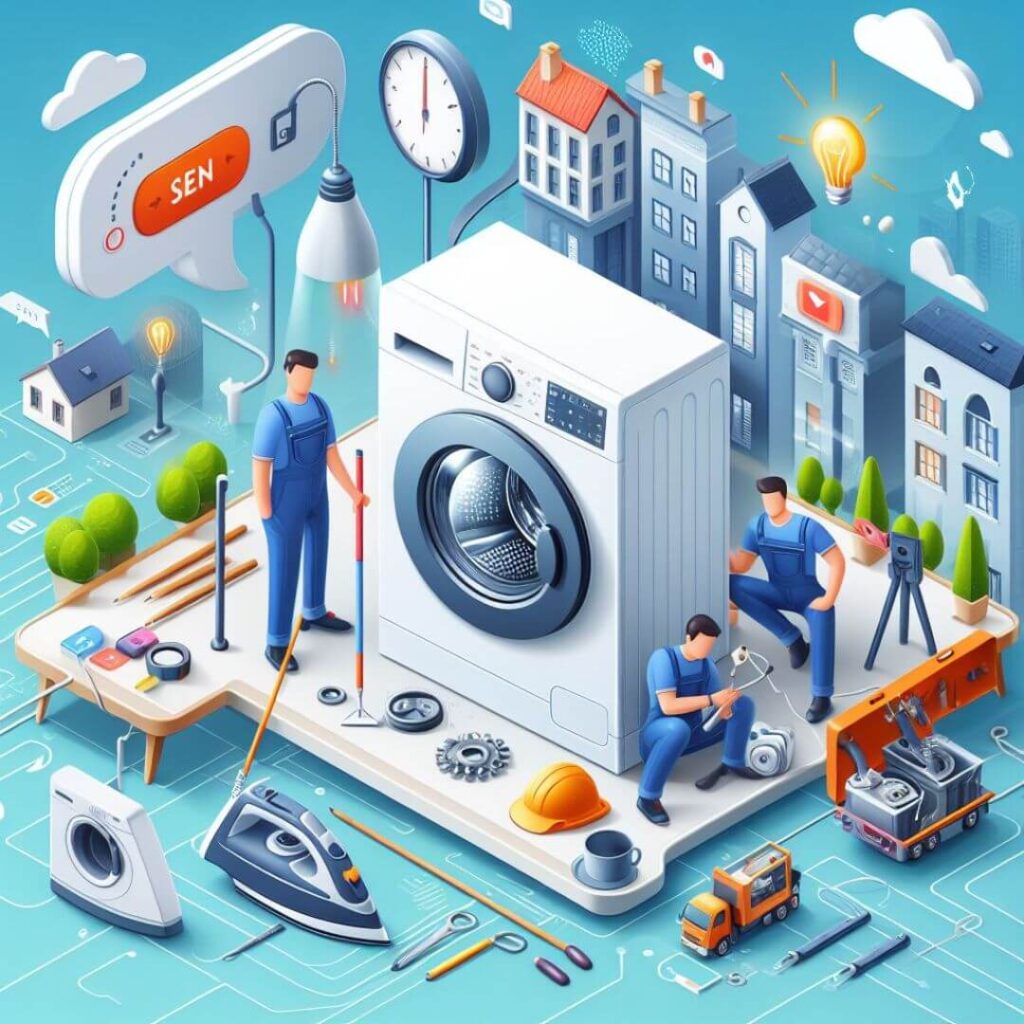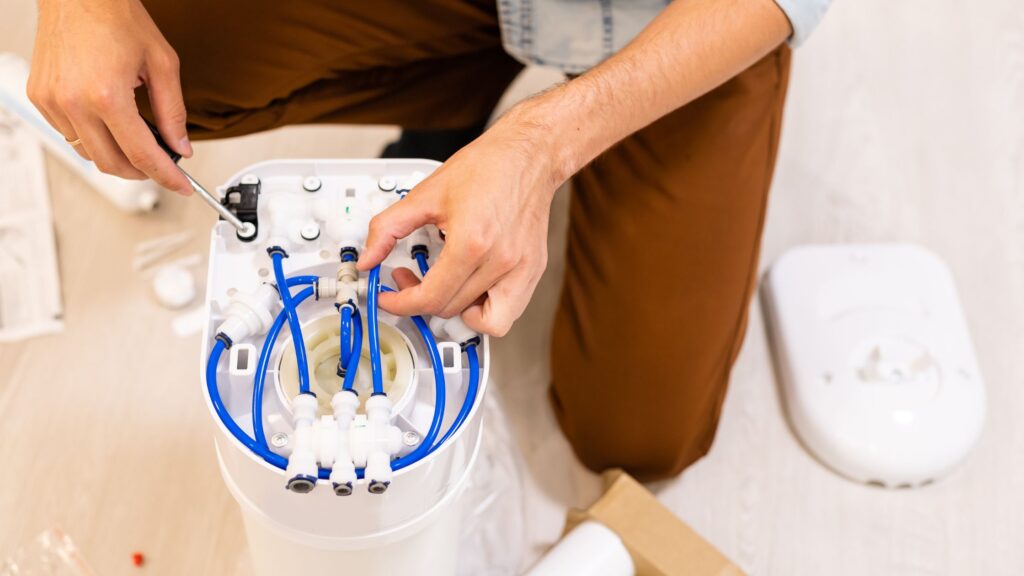How to Repair a Refrigerator: A Comprehensive Guide
Repair a Refrigerator: Refrigerators are essential appliances in every household, preserving food and keeping perishables fresh. However, like all machines, they can develop problems over time. Instead of immediately calling a repair technician, understanding how to diagnose and fix common refrigerator issues can save you both time and money. This guide, brought to you by Appliances Xprt, will walk you through the steps to repair your refrigerator, ensuring it continues to operate efficiently. Repair a Refrigerator: Common Refrigerator Problems Before diving into the repair process, it’s crucial to identify the problem. Here are some common refrigerator issues for Repair a Refrigerator: Step-by-Step Guide to Repair a Refrigerator 1. Safety First Before attempting any repairs, ensure your safety by unplugging the refrigerator. This will prevent any electrical shocks and allow you to work safely on the appliance. 2. Check the Thermostat If your refrigerator isn’t cooling properly, the thermostat could be the culprit. The thermostat controls the temperature, and if it’s faulty, the refrigerator may not cool efficiently. 3. Clean the Condenser Coils Dirty condenser coils can cause the refrigerator to run continuously or cool inefficiently. The coils are usually located at the back or underneath the refrigerator. 4. Inspect the Door Seals Damaged or loose door seals can allow warm air to enter the refrigerator, causing it to overwork and not maintain the desired temperature. 5. Unclog the Defrost Drain A blocked defrost drain can lead to water leakage inside the refrigerator. The drain is usually located at the back of the freezer compartment. 6. Check the Evaporator Fan Motor The evaporator fan circulates cold air throughout the refrigerator. If it’s not functioning, you may notice uneven cooling or frost buildup in the freezer. 7. Inspect the Compressor The compressor is the heart of the refrigerator, pumping refrigerant through the coils to cool the appliance. If the refrigerator isn’t cooling, the compressor might be at fault. 8. Test the Start Relay The start relay is responsible for powering the compressor. If it’s faulty, the compressor won’t start, leading to cooling issues. 9. Repair a Refrigerator: Final Checks After performing the necessary repairs, plug the refrigerator back in and allow it to run for a few hours. Monitor the temperature and check for any unusual noises or leaks. When to Call a Professional While this guide covers many common refrigerator issues, some problems may require professional expertise. If you’re unsure about any step or if the problem persists after attempting repairs, it’s best to contact a professional technician from Appliances Xprt. We have the experience and tools necessary to handle more complex repairs and ensure your refrigerator is functioning correctly. Conclusion: Repair a Refrigerator Repairing a refrigerator can seem daunting, but with the right tools and guidance, many common issues can be resolved at home. By following this comprehensive guide from Appliances Xprt, you can save money, extend the life of your appliance, and ensure your food stays fresh. However, always prioritize safety, and don’t hesitate to seek professional help when needed. A well-maintained refrigerator is crucial for a healthy and efficient household.





